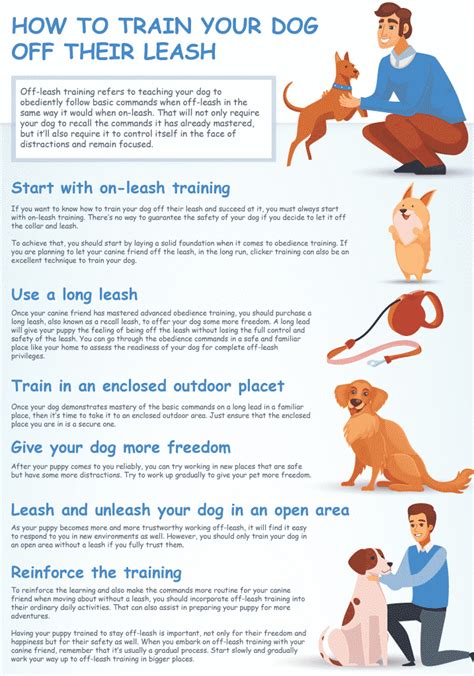How to Train Your Dog: A Comprehensive Guide for New and Experienced Owners
Training your dog can be a rewarding experience, strengthening your bond and ensuring a well-behaved companion. This guide covers fundamental training techniques for dogs of all ages and breeds, from puppies to senior dogs. Whether you're a first-time dog owner or looking to refine your existing training methods, this comprehensive resource will help you achieve success.
Understanding Your Dog's Learning Style
Before diving into specific training techniques, it's crucial to understand how your dog learns. Dogs learn through positive reinforcement, negative reinforcement, positive punishment, and negative punishment. For optimal results, focus on positive reinforcement, rewarding desired behaviors with treats, praise, or toys.
Positive Reinforcement: The Key to Success
Positive reinforcement involves rewarding your dog immediately after they exhibit a desired behavior. This strengthens the association between the behavior and the reward, making them more likely to repeat it. This method is highly effective and promotes a positive learning environment.
Choosing the Right Rewards
The best rewards are highly motivating for your individual dog. Experiment with different treats, toys, and praise to determine what works best. Some dogs respond better to food rewards, while others prefer praise or playtime.
Essential Training Commands
These commands form the foundation of good canine citizenship. Start with one command at a time, mastering it before moving on to the next.
1. Sit
- Method: Hold a treat close to your dog's nose, then slowly move it over their head. As their nose follows the treat, their rear end will naturally lower into a sitting position. Say "Sit" as they sit, and immediately reward them with the treat and praise.
- Consistency is Key: Repeat this process many times throughout the day, keeping training sessions short and fun.
2. Stay
- Method: Once your dog is sitting, hold your hand up in a "stop" gesture and say "Stay." Start with short durations, gradually increasing the time as your dog masters the command. Reward them for staying.
- Progressive Training: Gradually increase the distance between you and your dog while they are in a "stay" position.
3. Come
- Method: Use a cheerful tone and say "Come" while gently pulling on their leash (if needed). Reward immediately upon arrival.
- Safety First: Always ensure a safe environment for recall training to prevent accidents.
4. Down
- Method: Similar to "Sit," lure your dog into a down position using a treat, guiding it from their nose to the ground. Say "Down" as they lower to the ground, and immediately reward.
- Patience is a Virtue: This command may take longer to master than others.
5. Leave It
- Method: Place a treat on the ground. Before your dog reaches for it, say "Leave it" firmly. If they don't touch it, reward generously. If they do, calmly remove the treat.
- Important for Safety: This command is crucial for preventing your dog from picking up potentially dangerous items.
Addressing Problem Behaviors
Problem behaviors like excessive barking, jumping, or chewing often stem from unmet needs or lack of training. Addressing these issues requires patience, consistency, and understanding.
1. Excessive Barking
- Identify the Trigger: Determine what triggers your dog's barking (e.g., strangers, noises, other animals). Addressing the trigger is often the most effective solution.
- Positive Reinforcement: Reward quiet behavior.
2. Jumping
- Ignore the Behavior: Avoid rewarding jumping by ignoring your dog until all four paws are on the ground. Then, reward calm behavior.
- Training Alternatives: Teach your dog an alternative behavior, like "sit," when greeting people.
3. Chewing
- Provide Appropriate Chew Toys: Offer your dog a variety of safe and engaging chew toys to satisfy their chewing instincts.
- Remove Temptations: Keep valuable items out of reach to prevent unwanted chewing.
The Importance of Socialization
Socializing your dog from a young age is crucial for their development and well-being. This involves exposing them to various people, animals, and environments in a controlled and positive manner. Proper socialization helps prevent fear-based aggression and promotes confident behavior.
Conclusion
Training your dog is an ongoing process that requires patience, consistency, and positive reinforcement. By understanding your dog's learning style and using effective training techniques, you can build a strong bond with your canine companion and ensure a well-behaved and happy dog. Remember to keep training sessions short, fun, and rewarding!
